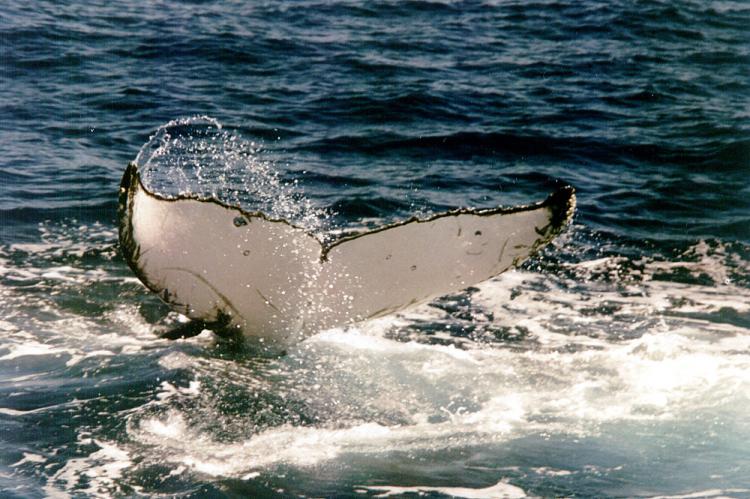Humpback whale subspecies discovered
Humpback whales in the oceans of the North Pacific, North Atlantic and Southern Hemisphere are much more distinct from each other than previously thought. Using genetic samples, collected from free-swimming whales with a small biopsy dart, scientists have been able to look at two types of humpback DNA; the ‘mitochondrial’ DNA which is inherited from the mother, and the nuclear DNA which is inherited from both parents-
Researchers from British Antarctic Survey found that although female whales have crossed from one hemisphere to another at certain times in the last few thousand years, they generally stay in their ocean of birth.
This isolation means they have been evolving semi-independently for a long time, so the humpbacks in the three global ocean basins should be classified as separate subspecies. This has implications for how we think about their conservation and recovery on a regional scale.
“The colour of the bodies and undersides of the tail (the ‘flukes’) of humpback whales in the northern oceans tend to be much darker than those in the Southern Hemisphere. Until this study we didn’t realise that these kinds of subtle differences are actually a sign of long-term isolation between humpback populations in the three global ocean basins, " says Lead author, Dr Jennifer Jackson of the British Antarctic Survey.
Despite seasonal migrations of more than 16,000 km return, humpback whale populations are actually more isolated from one another than we thought. Their populations appear separated by warm equatorial waters that they rarely cross.
—Dr Jennifer Jackson of the British Antarctic Survey.





























